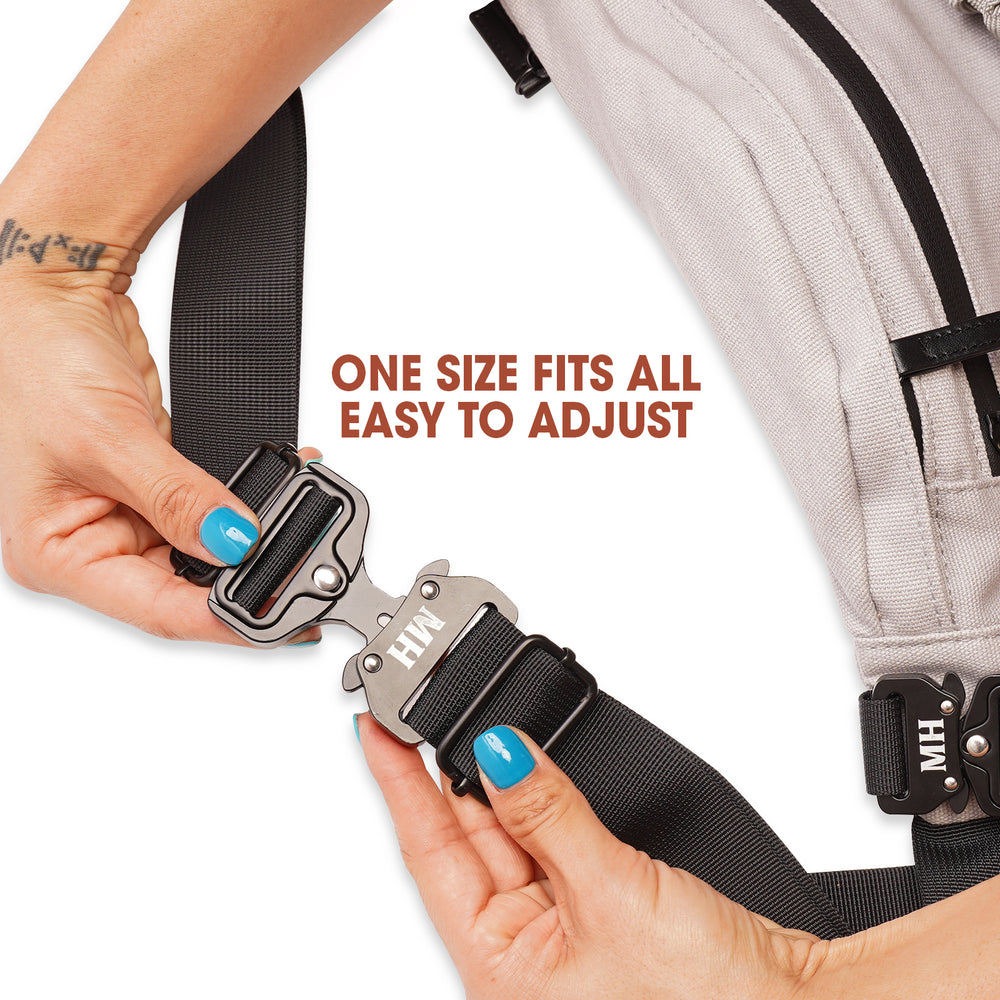5 Tips for Choosing the Right Collar for Your Hound

Modern dog collars have a myriad of uses and can be used as hound identification, for dog leash training and even as fashionable dog accessories, aka doggie bling! But the truth is we weren't the first to recognize the importance of a hound collar. In fact, throughout the centuries, man has used the dog collar as a means of controlling or identifying our loveable hounds.
For example, according to the World History Encyclopedia, early Mesopotamians initially used a simple cord or rope collar. And you only have to look at ancient Egyptian tombs to see how they valued their furry family members; their ornate, engraved doggie collars made of gold say it all.
Of course, in today's world, we pet parents prefer more practical materials for our dog collars, but this doesn't mean they can't be any less ornamental or cleverly designed, making it just as tricky to pick the ideal dog collar for our hounds as it was for Pharaoh to decide on whether to add jewels or spikes to his regal canine's collars!
At Mountain Hound, we know choosing the right collar for your dog is important, but with so many collars on the market, deciding which one to choose can be overwhelming. In this blog post, we'll share five tips to help you pick the fur-fect collar for your furry friend.
5 Tips For Choosing the Right Hound Collar
Consider the Purpose of the Collar
Before selecting a collar, consider why you want to use one. Is it solely for identification purposes or for walking your dog? For instance, if you only need a collar for identification purposes, a simple, lightweight collar, such as a nylon or leather collar, will suffice. If you are looking for a collar for walking your dog, consider a sturdier and more robust collar, such as a flat collar with a buckle or a martingale collar.
Is a Harness a Better Option?
While collars are a popular choice for most pet owners, they may not be the best option for your dog. For example, a harness may be a better option if your dog pulls during walks, as it distributes the pressure around the body instead of the neck, making dog leash training much easier.
Harnesses are also a good option for small dogs and those with neck or throat problems. Check out our Trailblazer Dog Pack; aside from its deep storage pockets, perfect for carrying everything required for a hound adventure, it also has a handy D-ring on the spine allowing excitable hounds plenty of room when on leash.
Get the Right Size Collar
When choosing a collar, it's crucial to get the right size or purchase an adjustable collar. The collar should be snug but not too tight, allowing at least two fingers to fit between the collar and your dog's neck. If the collar is too tight, it can restrict your dog's breathing and circulation, causing discomfort. On the other hand, a collar that is too loose can slip off your dog's head which can be disastrous!
Material Matters
The material of the dog collar is another essential factor to consider. While most collars are made of nylon or leather, you can choose more environmentally friendly options such as hemp or bamboo collars. Choosing a hypoallergenic collar is a good idea if your dog has sensitive skin or is allergic to certain materials, such as latex.
Reflective Collars
Reflective collars are an excellent option for taking your dog out for walks early in the morning or after dark. These collars are designed to reflect light, making your dog more visible to motorists, cyclists, and other pedestrians. Such collars are available in various designs and are an excellent way to keep your hound safe.
Paw-sible Considerations
When deciding on a collar, consider the purpose of the collar, material, and reflective options. Finally, dog collars don't have to be boring or, dare we say it, basic! Instead, pick a versatile dog collar complete with clever design technology. Check out the Mountain Hound range – compatible with some pretty excellent dog accessories such as leashes, fanny packs and even integrated car-seat buckles!
Image by Rebecca Scholz from Pixabay












